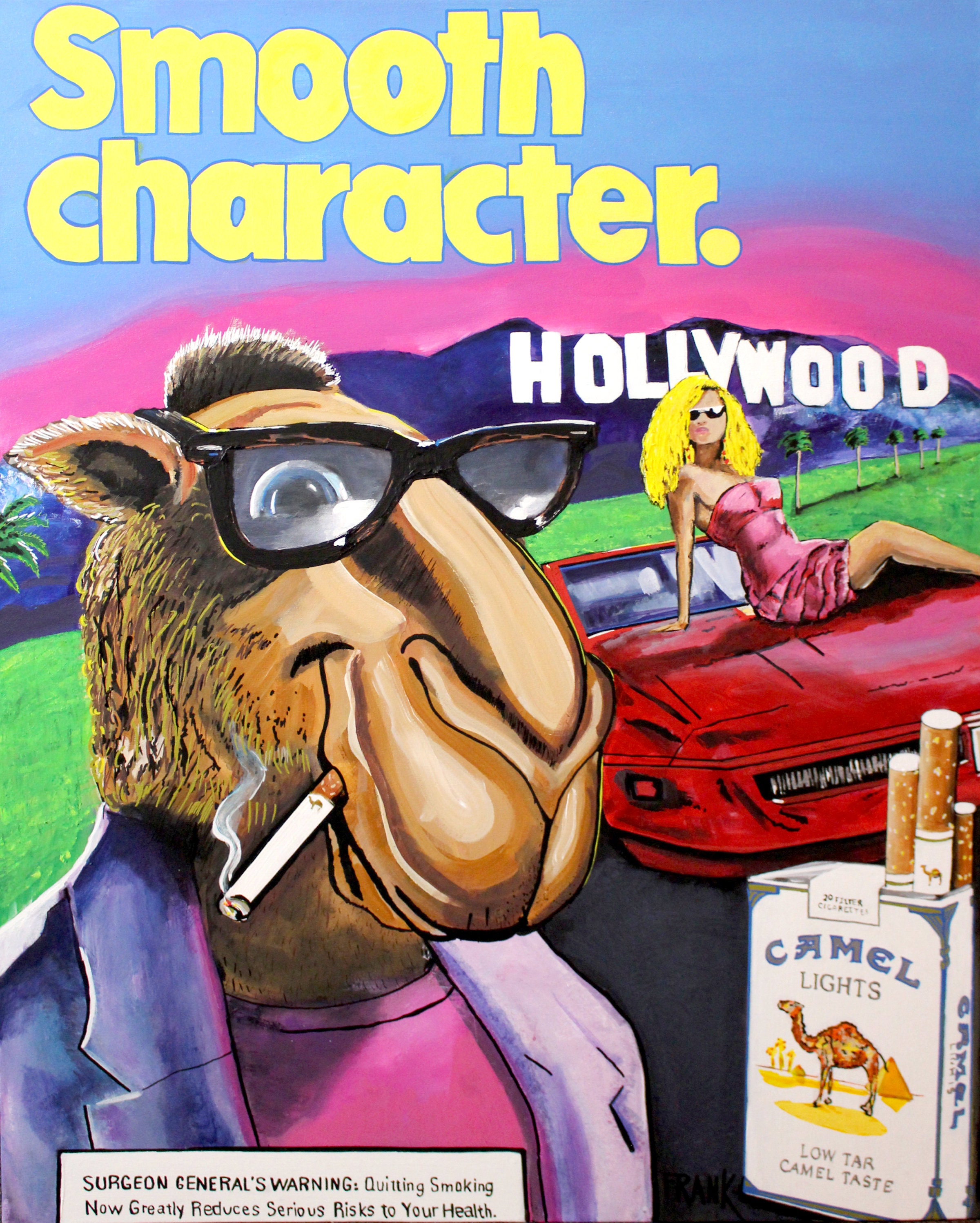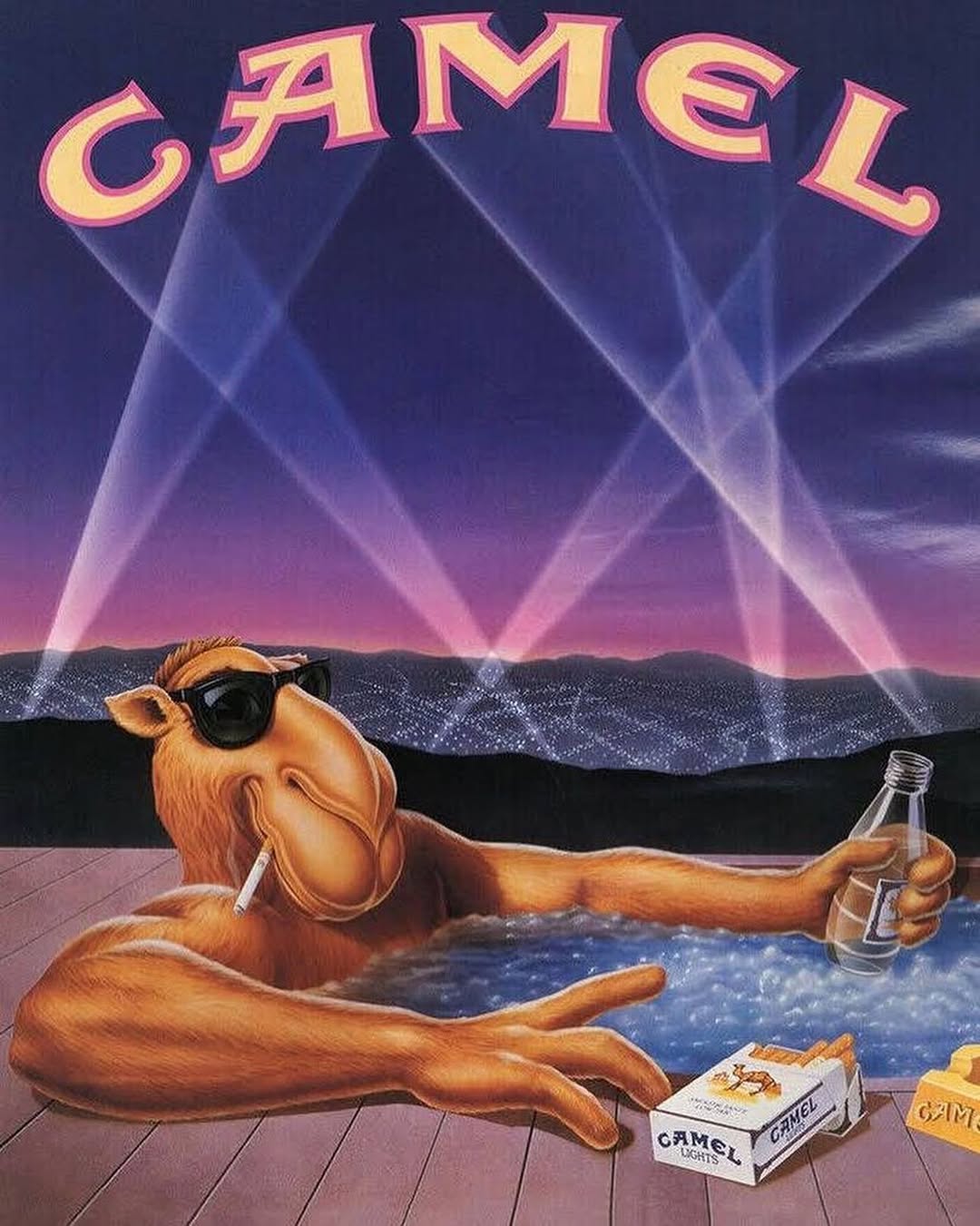How Camel Marketed to Kids, and What Web3 Can Learn (Without Being Evil)
In the history of marketing, few campaigns were as effective, or as infamous, as Joe Camel.
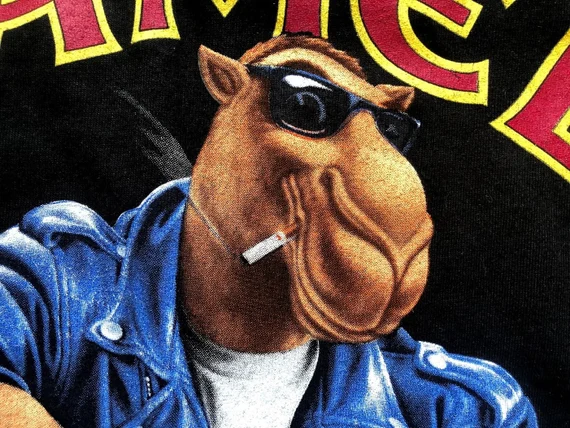
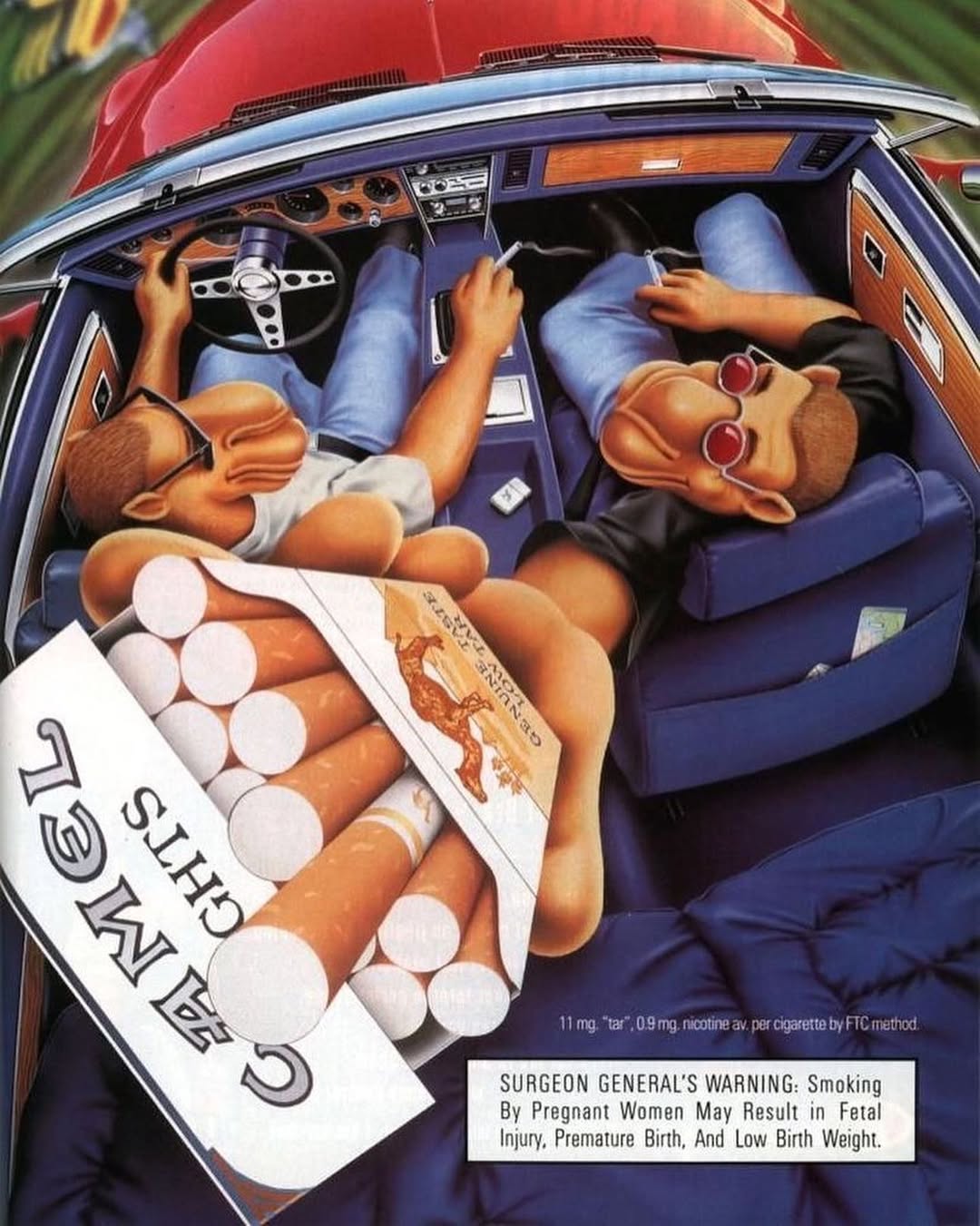
Launched in 1988, this sunglasses- wearing motorcycle-riding camel was Camel Cigarettes’ attempt to win back market share. And they succeeded; by going straight for the jugular of American youth culture.
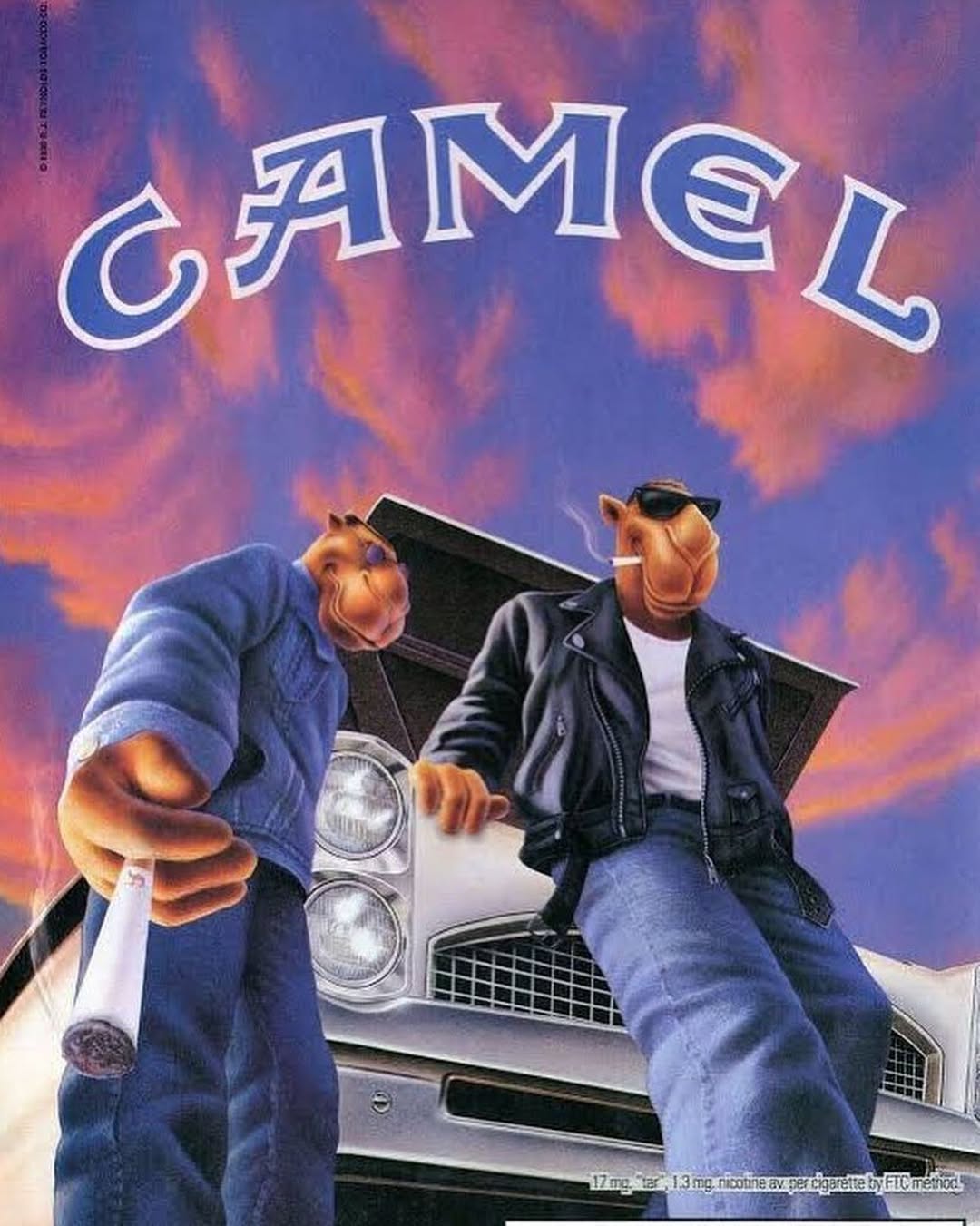
The campaign worked too well. Joe Camel was bold, edgy, and looked like he had come right out of a comic book or off of MTV. The result? Kids loved him. Joe Camel was so popular that a 1991 study found him to be more recognizable to 5-6 year olds than Mickey Mouse.
By the early ‘90s, Camel’s share of the underage smoking market exploded, seeing them rise from less than 1% to over 30%. Eventually, lawsuits and public pressure would cause Camel to end the campaign in 1997, but the marketing playbook they used is still relevant.
The Blueprint: Joe Camel’s Playbook for Influence
Joe Camel wasn’t just a mascot, he was a masterclass in identity driven marketing. The brilliance of the campaign was in its subversion and cultural fluency. They developed a mascot with personality, not just a logo. Joe Camel was his own man (or camel), a distinct vibe that did not come off as another sales pitch. They then made their product aspirational, tapping into teen fantasies of rebellion and adulthood. Embedding their brand within youth culture was what really sealed their place in the zeitgeist, using magazine spreads and a visual language that looked more like a fashion editorial than a cigarette ad.
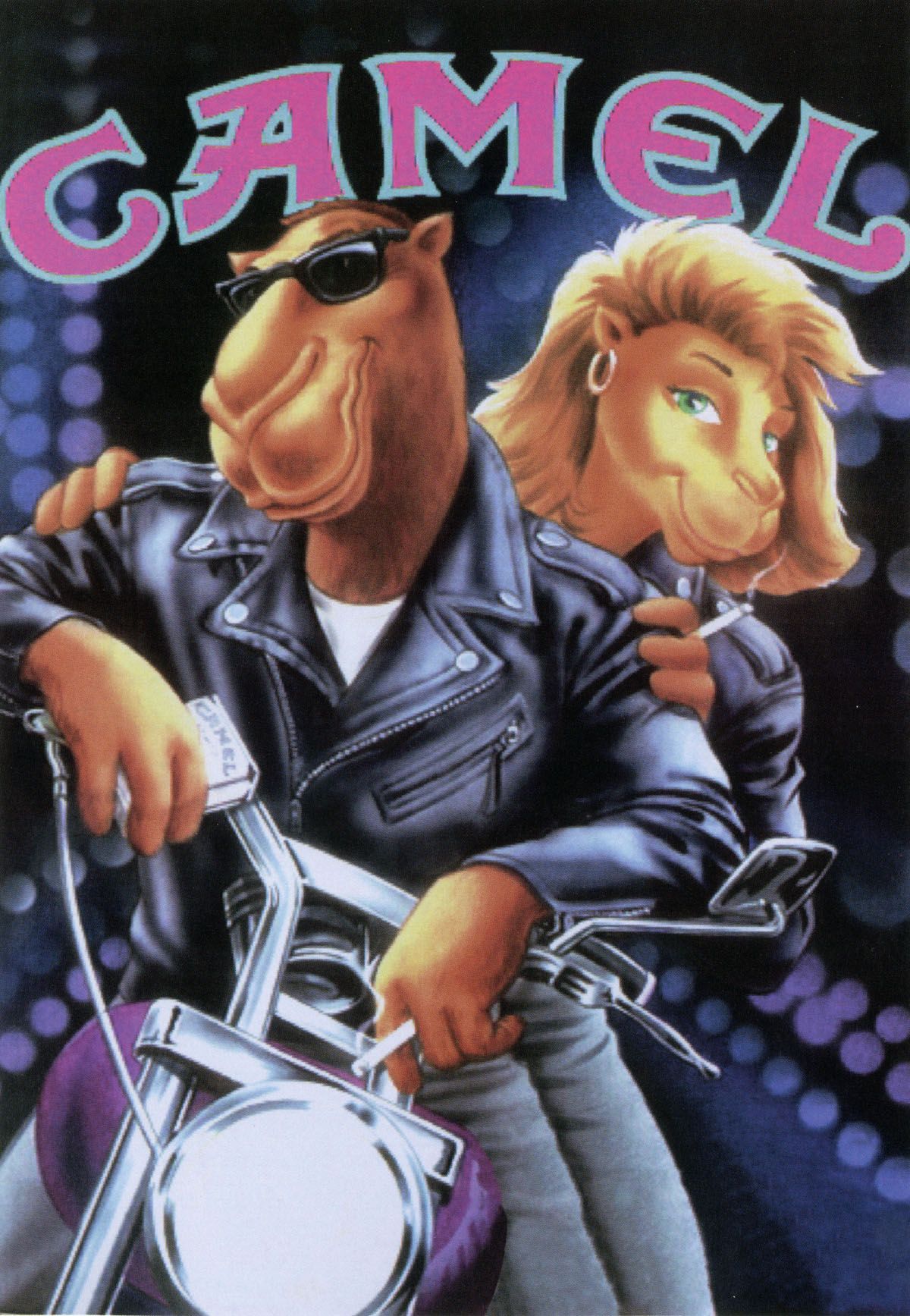
Camel’s genius wasn't in brute force, but stealth. They built something that felt organic to youth identity and let the coolness do the heavy lifting.
Why did Kids Like it?
Camel came to the genius realization that logic will always lose when it is up against coolness. Kids didn't know (or care) that Joe was a ploy. He didn't talk down to them. He gave them an image to latch onto, a symbol of who they wanted to be. Hanging with friends, riding motorcycles, and having a hot girlfriend in the passenger seat of your sports car, all while taking a drag of a Camel cigarette.
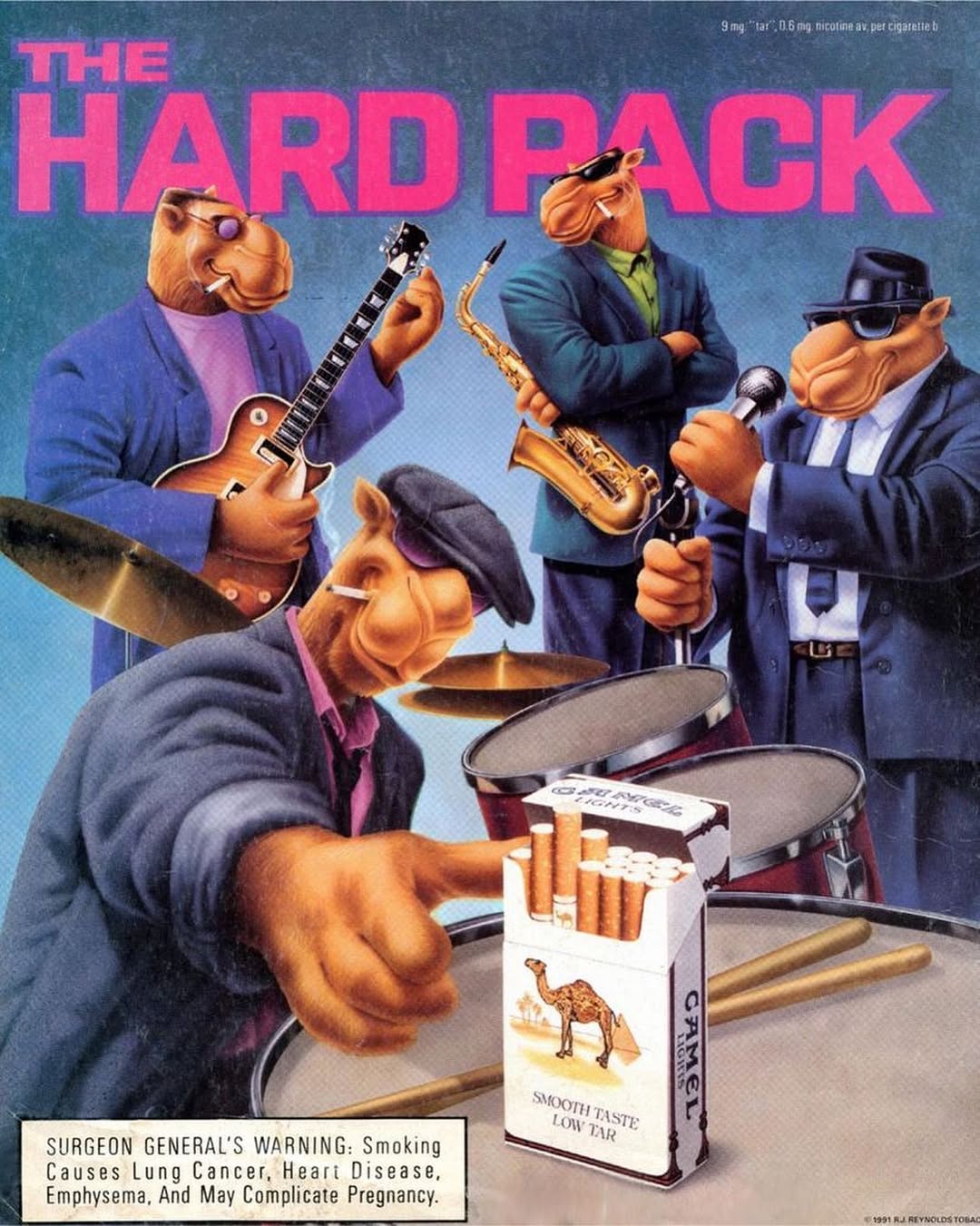
This wasn’t marketing through education, it was marketing through identity.
What Web3 Projects Can Learn (Without the Tobacco)
Let’s be clear: manipulating kids into smoking is BAD. The tactics Camel used however, creating cultural staying power, building identity, and surrounding themselves in the aesthetics that their target market loved, are still highly relevant to today;s digital landscape. When applied ethically, these same strategies can help Web3 projects build real communities and lasting brands.
The key takeaway? You’re not just selling a product, but an identity. Joe Camel worked because he was positioned as a symbol as opposed to an ad. Web3 projects should aim to do the same. It’s not about shilling your tech stack or tokenomics. It’s about creating a vibe people want to align with. The best Web3 brands don’t sell features, but offer a sense of community.
Think visually. Camel ads looked like fashion spreads, not cigarette promos. Web3 projects can take a page from that by designing their content like it belongs in the world their audience already inhabits; whether that’s digital streetwear, internet subcultures, or underground art scenes. Use mascots, symbols, and aesthetics that feel native to your audience.
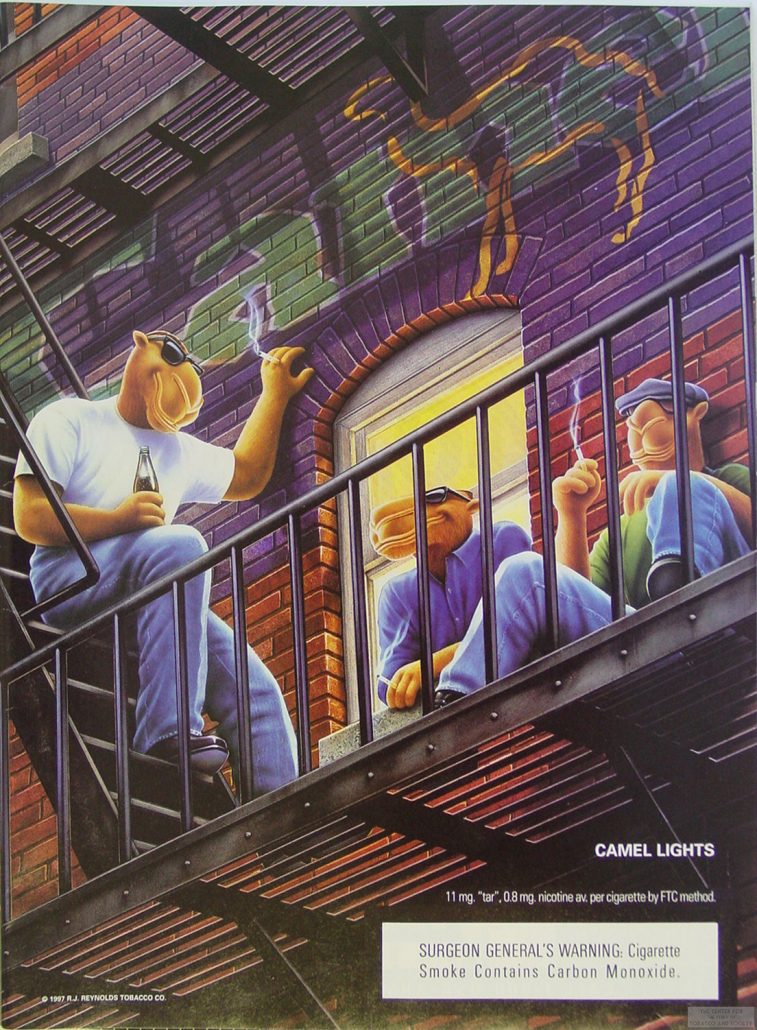
Camel didn’t chase the masses, they zeroed in on the image-hungry and impressionable. For Web3, that means understanding your niche deeply and becoming unskippable within it. Don’t aim to be everywhere. Aim to be everything to the right people.
But unlike Camel, I hope you all decide to include ethics into your plans.
